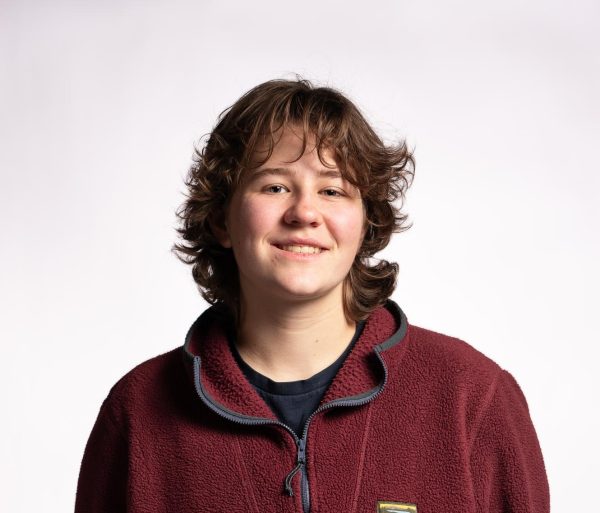“Purple or blue?”
A frigid December breeze sweeps in through the open window, but junior Phoenix Jegel isn’t cold. Perched at the vibrantly decorated kitchen table, their mind is elsewhere. Interrupting the comfortable quietness around them, Jegel lets their question hang in the air. In response, their grandmother reaches over and threads a purple button onto the twine in Jegel’s hand.
This holiday season, Jegel and their grandmother continue their unique tradition of fashioning ornaments out of everyday objects. The tree, a room over, displays their work from years past: mice out of walnuts; toy soldiers made of popsicle sticks; beaded spiders; reshaped candy canes. After today, a miniature Christmas tree constructed from spare buttons will join the collection.
“Every year I look forward to spending that time with my grandma and making ornaments for my family,” Jegel said. “My family isn’t super emotional, so crafting and doing art is one of the ways that we come together. If I see that they’ve hung up something of mine it’s the best feeling.”
Ever since they were a child, art has been a recurring theme in Jegel’s life. Their family shared this passion.
“I have tubs of drawings from when I was a child,” Jegel said. “My grandma always had these piles of ribbons and glitter and all this stuff. I would always ask to use it, like, ‘Can I please use your $30 glitter on my hand turkey?’ She and my father have always been especially supportive of my art.”
Jegel’s teenage identity is deeply rooted in artistic expression, an enduring and profound aspect that persists to this day. Alongside their growth, they came to recognize another significant facet of their identity that stems from their gender, specifically, the lack thereof.
“I don’t have a gender and I don’t care about having one,” Jegel said. “I don’t get the dysphoria over gender; I don’t feel the pull. It’s impossible to misgender me; whatever you call me, you’re right.”
Officially, Jegel classifies themself as agender. Like many others in the transgender community, Jegel’s journey of self-discovery was not one that they embarked upon alone. With the support of friends, both within the LGBTQ+ community and otherwise, Jegel has been able to discover more about themself than otherwise possible.
“We talk a lot about being trans; I’ve asked questions and realized that we had a lot of shared experiences and feelings,” Jegel said. “They’ve helped me so much because anytime I have concerns they’re here to reassure me that ‘Yep, that’s normal’, ‘This is okay’ [and] ‘You’re alright.’”
Jegel’s unique outlook on life has been equally inspiring to the friends who helped them develop it.
“Phoenix doesn’t really look at the world in a male-female sense,” senior Andy Machado said. “[There’s] a lot more in between. They don’t pick up hobbies because they seem more feminine or more masculine. They just do it because it’s fun and something they want to do. That’s how Phoenix really operates; they do things because they love it, not because somebody is creating an expectation that they should.”
Jegel has received overwhelming kindness and support from many of the people in their life. However, this compassion does little to dissuade the prevalent shadows of animosity and judgment that continue to linger. Due to their generally uncommon gender identity, even those who typically aren’t outwardly transphobic don’t always respect Jegel’s validity as a transgender person.
“People will use my not having a gender to invalidate me as a trangender person,” Jegel said. “It’s like if you don’t [have a gender] then you’re not [considered to be] trans, or if you’re not [transitioning] female to male or male to female, you’re not [considered] trans. For a while, I believed that I couldn’t identify as trans. I just use other pronouns. That’s not true, because that’s not how being trans works. It’s not how other people see you. It’s what you are.”
Jegel has been aware of their identity since 2020. After two years of meticulous introspection, they decided to come out as transgender to their mother.
“One day [my mother and I] were in the car and I was like ‘Mom, I’m transgender,’” Jegel said. “She went home and Googled it and came back saying that, ‘You’re not trans since [you] didn’t show signs as a kid and all trans people showed signs as a kid.’ So I dropped it for a year and I brought it up again. She heard one of my friends [call] me ‘they’ and she was like, ‘Why are your friends calling you different pronouns?’ and I was like, ‘It’s because I’m trans. I told you that.’”
Since their initial conversation, Jegel’s mother has instilled a sentiment upon Jegel that Jegel simply was not ready for the way that the world would treat them for identifying as a transgender person. This disposition is shared by many associates of transgender individuals who worry for the social safety and wellbeing of their loved ones. For Jegel, this notion had a profound impact on the extent that they expressed themself.
“For like a year I hid it from everyone in my life that I was trans,” Jegel said. “Nobody other than the people that I had previously come out to would know. Then I met a bunch of people at school who were also trans and that helped me realize ‘Oh, maybe this is okay. Maybe I can be trans.’”
Both Jegel’s transgender selfhood and artistic endeavors are a large part of their identity. Being so, it makes sense that the two aspects would conflate to manage the complexities of social and internal adversity.
“I remember this one time I was really mad about my gender,” Jegel said. “That’s a hard feeling to explain, but I wasn’t mad at myself. I did this painting, and I blacked out. I finished, and I never looked at it again. That was done.”
Art is a creative emotional outlet for many people. For Jegel, their active mind and struggles for expressional autonomy make them a prime candidate for this method.
“Art is nice, especially with abstract painting because I don’t have complete control over it,” Jegel said. “It’s nice to have something where it’s okay to not have control because it helps me regulate the need for control to have a space where it’s acceptable to not.”
Part of Jegel’s struggle for self-governance manifests itself in their routine transformation of physical presentation, specifically, in the way that Jegel’s hair is a different style and color every two months.
“I shaved my hair off [for the first time] and I went to the mirror and I cried because, ‘Oh my God, this is what I look like,’” Jegel said. “It was all happy tears. What I [felt] on the inside was how I was looking on the outside. It was this masculine thing and I’d never been allowed to be masculine.”
For Jegel, changing their appearance is so much more than a simple haircut.
“How I look now, this is who I am [and] this is what I want,” Jegel said. “I’ve been dyeing my own hair, which is having control over how people perceive me. It’s really important to me because for a really long time my mom wouldn’t let me wear certain things because they were too masculine, [and] wouldn’t let me do certain things. Shaving my head was finally getting to a point where I got to control how I looked.”
While is may not be the case for many people, in Jegel’s perspective, artistry, gender identity and physical presentation all fall under the same categorical purpose.
“They’re all just a form of expression, doing art and having a gender and thinking about all of this is just a better way to understand myself,” Jegel said. “Whether I’m sitting and thinking about what pronouns I want to be called or what label I want to give myself or I’m painting, it’s all just a way to express myself and understand how I react to things.”
All throughout Jegel’s life, they have grappled for control and capitalized on where they’ve seized it. This theme has remained a constant when examining what Jegel considers to be the greatest obstacle they have faced as of yet: their childhood experience with scoliosis.
“It’s the worst thing that you could imagine,” Jegel said. “It was excruciating to the point where I couldn’t go to school because it would make my back hurt too bad. I had to do testing as a scared kid. Then, I got my surgery and I felt a little better. [But] then, I felt a little worse.”
Beneath the crushing weight of their illness, Jegel did what they do best; Jegel refused to back down and took control of the situation where they could.
“When I found out that I had scoliosis, I went home and did my hair to feel better about it,” Jegel said. “I shaved my head after my surgery because of where my scar is, [and] my hair is touching it. With medical surgery scars you can feel when things are touching them, so it was incredibly overstimulating. It felt like the only way I could have control over my body since the medical problems were so out of my hands.”
After years of tribulations and near death exposures, Jegel’s struggle with scoliosis brought about their own philosophy for living and thriving within a society that is commonly intolerant. Jegel continues to be true to themself and their experiences by pursuing joy and resonance.
“Coming so close to death helped me realize that I don’t care what people think,” Jegel said. “I don’t care if I walk around with a shaved head as a feminine person because I almost died. What other people think of me does not need to affect my quality of life because there’s a chance that I could die. I need to live my life how it’s going to make me happy, not what’s going to make other people happy. I need to make art for myself and I need to do my hair for myself and not for other people.”
*Junior Phoenix Jegel is agender and uses any pronoun. For the purpose of this story, Jegel is referred to with they/them pronouns.


![Junior Phoenix Jegel is embraced by vibrant lights, illuminated in bold colors. Jegel's unconventional physical presentation has been a direct reflection of their hard-won autonomy. "My life hasn't been the most straightforward," Jegel said. "But realizing [that] I don't have to live by other people's standards has made me recognize who I actually am, even when it's uncomfortable for me and those I surround myself with."](https://laduepublications.com/wp-content/uploads/2024/05/7K9A0584.jpeg)
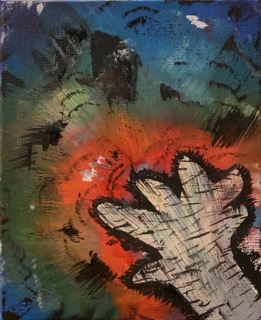
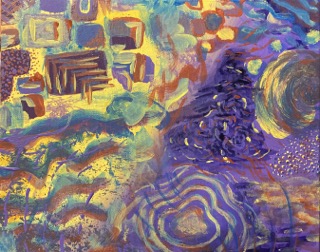
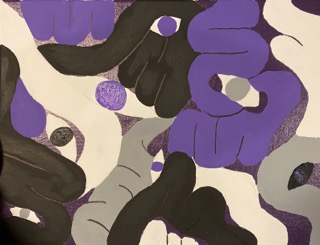
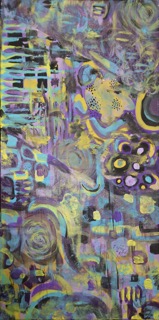
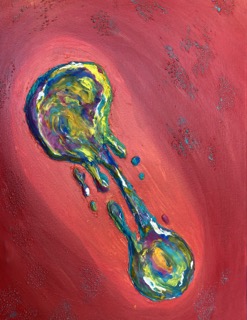
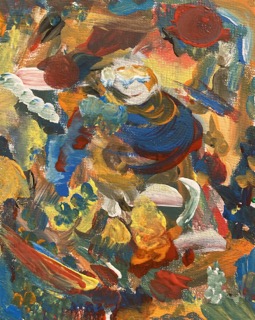
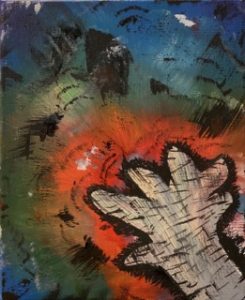
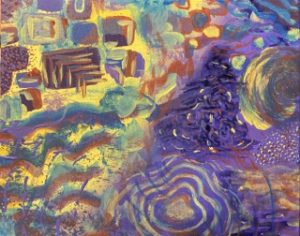
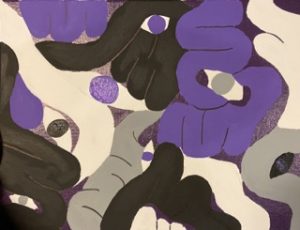
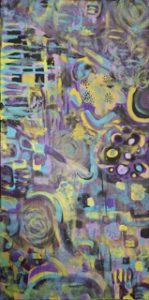
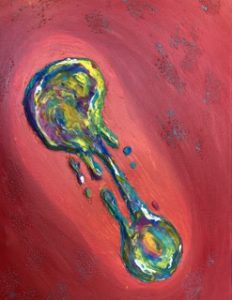
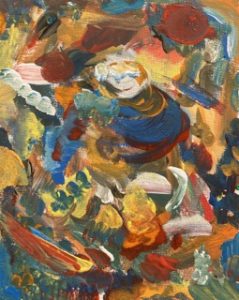


![School resource officer Rick Ramirez sits in his office. He usually spends little time in his office throughout his day of work, focusing on other issues. “Where our students are, I try to be,” Ramirez said. “Sometimes I get off at 2:45 p.m. when nothing’s going on, or sometimes I get off at 10 p.m. [Those are] my hours.”](https://laduepublications.com/wp-content/uploads/2024/12/Hsiao_20241203_ID_RickRamirez_007-799x1200.jpg)
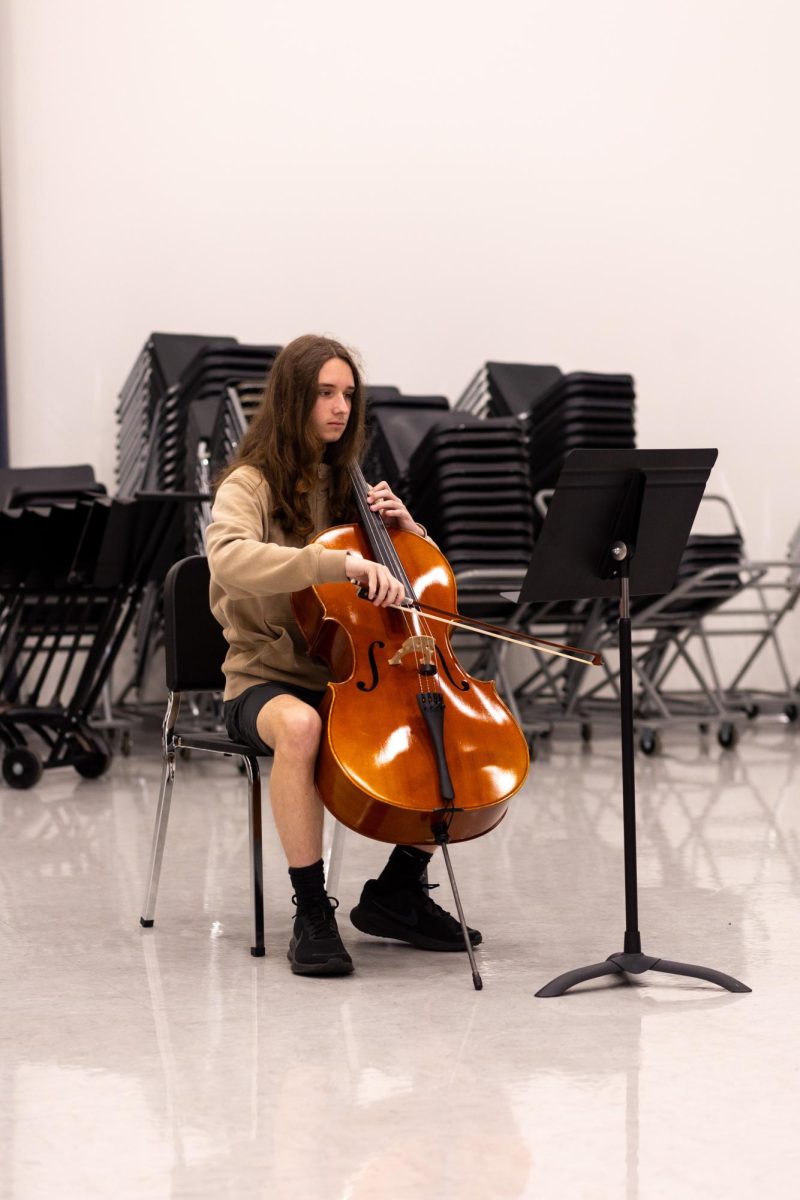
![Reva poses in front of her home and address plaque. After reuniting with her father and grandparents, she has made many new memories and retained her culture. “We have a lot of Indian cooking going on,” Reva said. “I also like telling people about Indian food, mainly because that’s something that really connects me to [Mumbai].”](https://laduepublications.com/wp-content/uploads/2024/12/At-Home-1200x799.jpg)


